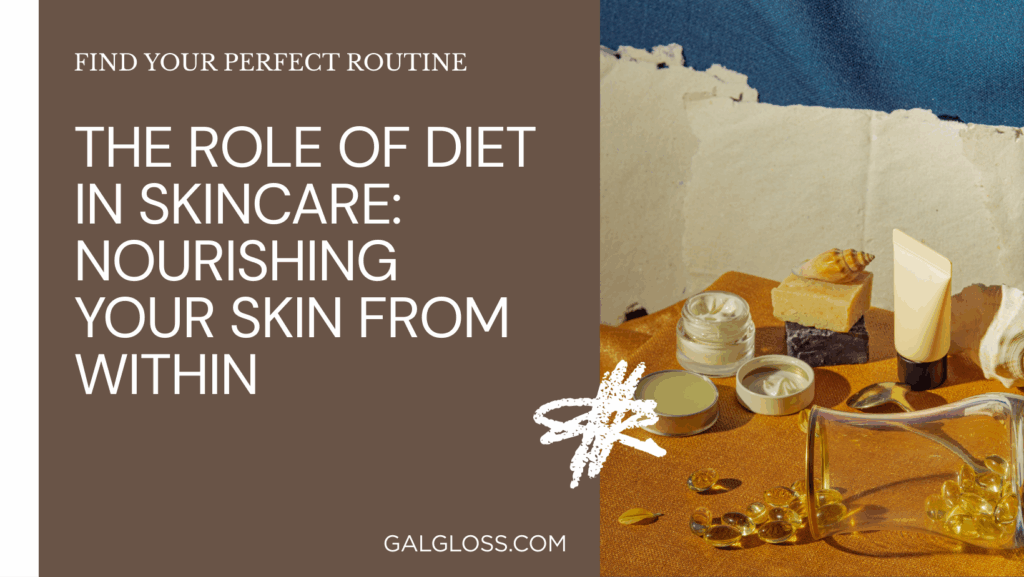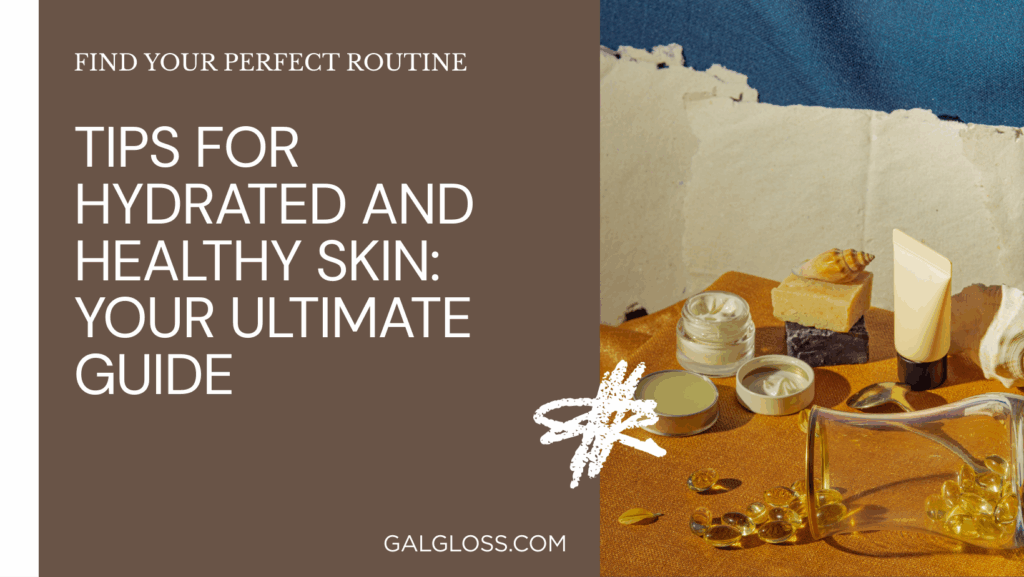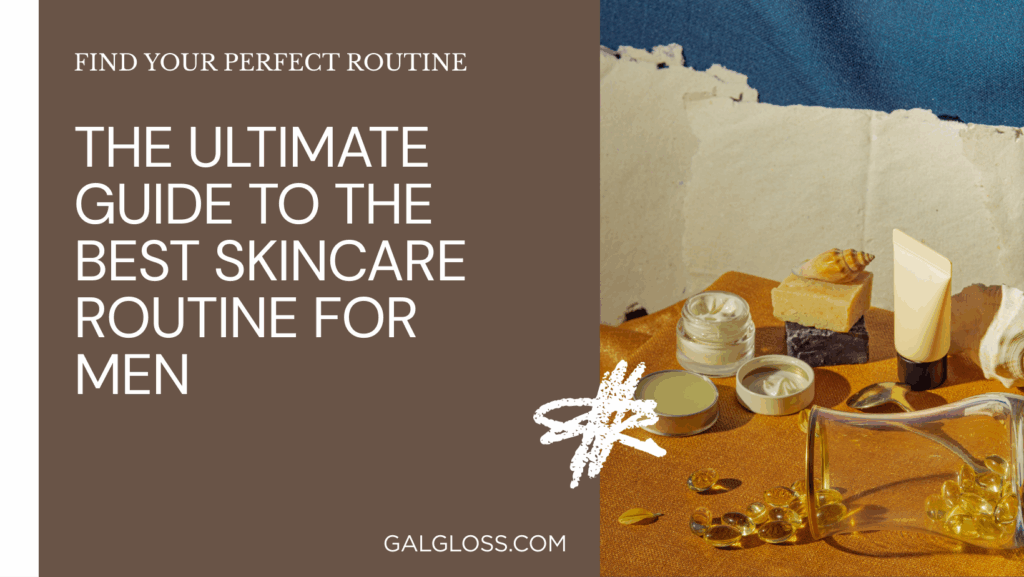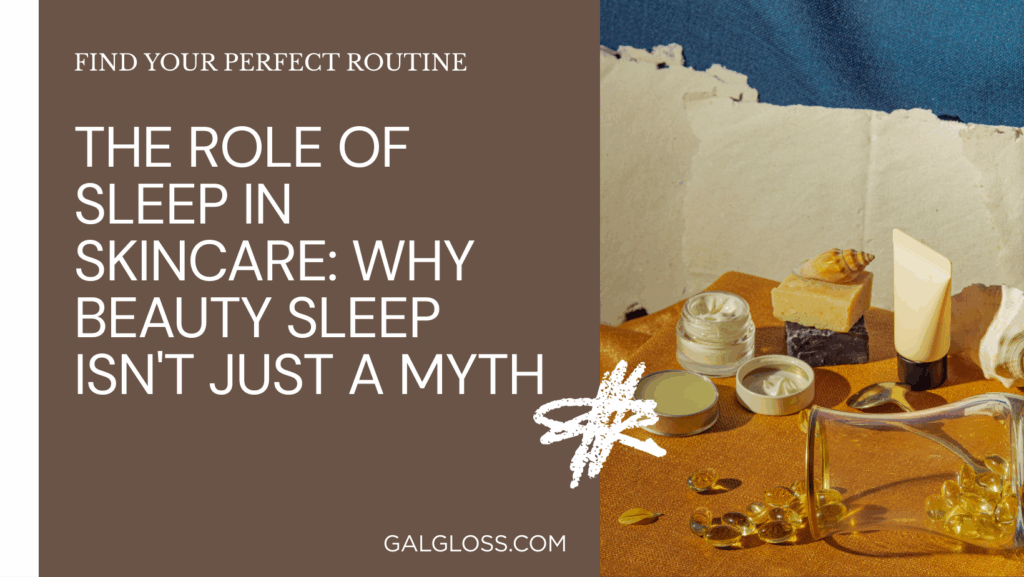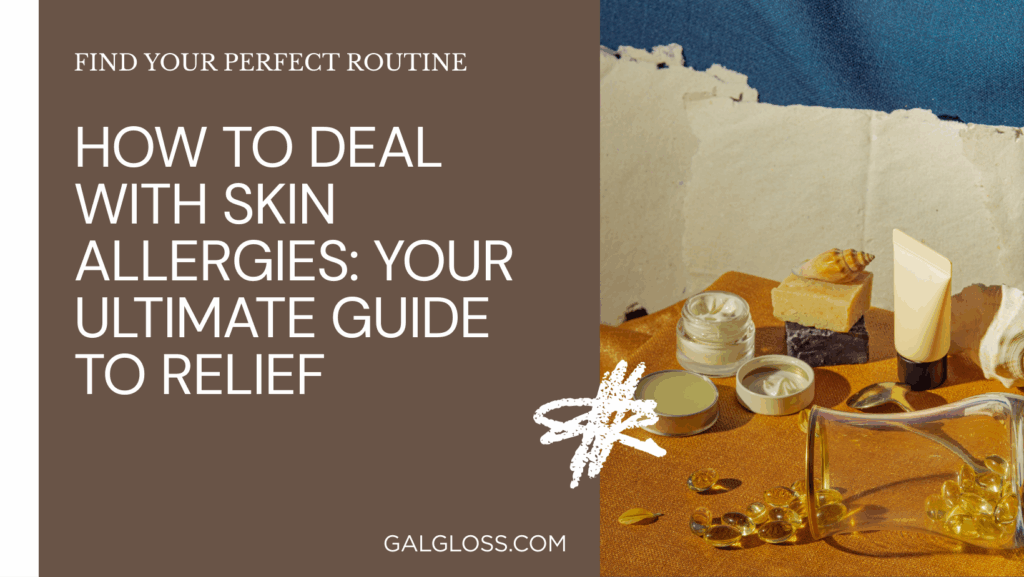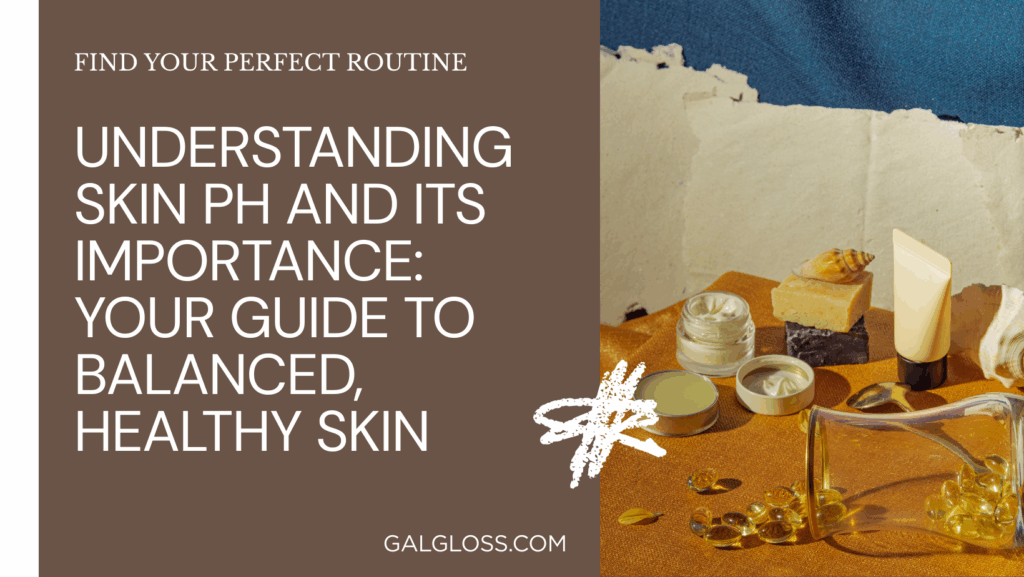Let’s get a bit nerdy for a moment. Ceramides are a type of lipid molecule called sphingolipids. They’re made up of a fatty acid linked to a sphingosine base. Don’t worry if that sounds like gibberish – the key thing to remember is that these little guys are fat-based, which is why they’re so good at keeping your skin hydrated.
Your skin naturally produces ceramides, but not all ceramides are created equal. There are actually nine different types found in human skin, with ceramide 1, 3, and 6-II being the most common in skincare products.
The Skin Barrier: Your Body’s Bouncer
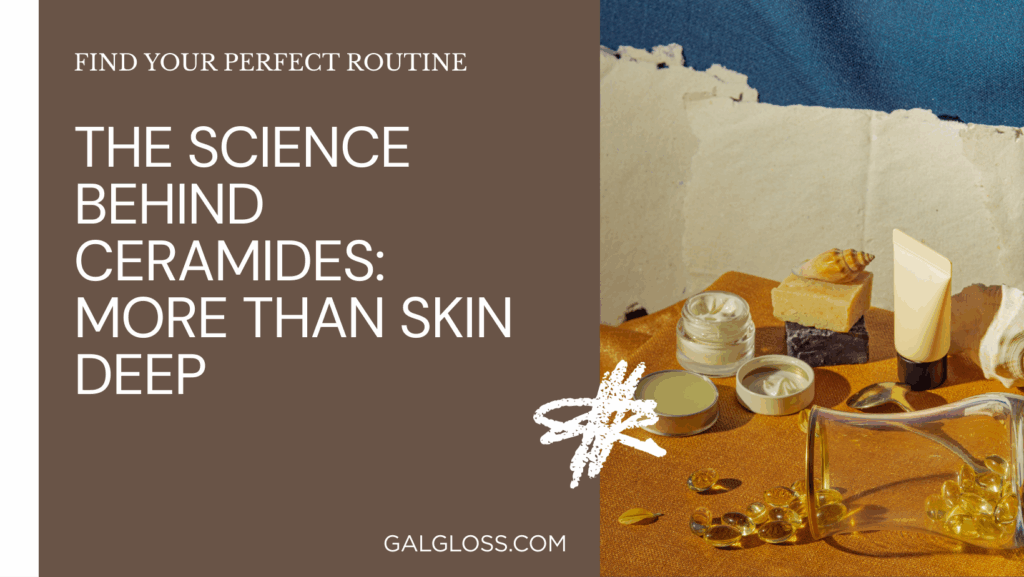
Think of your skin as a nightclub, and the skin barrier as the bouncer. Its job is to keep the good stuff in (moisture) and the bad stuff out (pollutants, bacteria, and other troublemakers). Ceramides are like the bouncer’s secret weapon, helping to create a tight, impenetrable barrier.
When your ceramide levels are low, it’s like the bouncer’s gone off duty. Suddenly, moisture escapes more easily (hello, dry skin!), and irritants can sneak in (welcome, inflammation and sensitivity). Not a great situation, right?
Top 5 Benefits of Ceramides: Your Skin’s Best Friend
Now that we’ve got the science down, let’s explore why ceramides are the VIP of your skincare routine:
- Moisture Retention: Ceramides are hydration superstars. They help create a barrier that locks moisture in, keeping your skin plump and dewy. Say goodbye to that tight, dry feeling!
- Barrier Protection: By strengthening your skin’s natural barrier, ceramides help protect against environmental stressors like pollution and harsh weather. It’s like giving your skin a shield against the daily grind.
- Anti-Aging Effects: As we age, our natural ceramide production declines. By replenishing these lipids, we can help reduce the appearance of fine lines and wrinkles. Who doesn’t want a bit of time travel for their skin?
- Soothing Sensitive Skin: If your skin throws a tantrum at the slightest provocation, ceramides might be your new BFF. They can help calm irritation and reduce redness in sensitive skin types.
- Acne Management: Surprised? While it might seem counterintuitive to add lipids to acne-prone skin, ceramides can actually help balance oil production and strengthen the skin barrier, potentially reducing breakouts.
How Ceramides Work in Skincare Products: The Magic Behind the Scenes
So, how do these miracle molecules work their magic when applied topically? It’s all about mimicking and supporting your skin’s natural processes.
When you apply a ceramide-rich product, it helps to replenish your skin’s natural ceramide content. This reinforces your skin barrier, locking in moisture and keeping irritants out. It’s like patching up holes in a leaky roof – suddenly, everything works better!
But here’s a pro tip: ceramides work best when combined with other skin-identical ingredients. Look for products that pair ceramides with cholesterol and fatty acids. This trio mimics your skin’s natural lipid ratio, making the ceramides even more effective.
Who Can Benefit from Ceramide Products? (Spoiler: Pretty Much Everyone!)
The beauty of ceramides is that they’re beneficial for almost all skin types. But they’re particularly helpful for:
- Dry Skin Sufferers: If your skin feels like the Sahara, ceramides can be a game-changer. They help trap moisture, giving you that coveted dewy look.
- Aging Skin Concerns: As we age, our natural ceramide production declines. Replenishing them can help reduce fine lines and improve skin elasticity.
- Eczema and Psoriasis Patients: These conditions are often linked to a compromised skin barrier. Ceramides can help strengthen that barrier, potentially reducing symptoms.
- Acne-Prone Individuals: By balancing the skin barrier, ceramides might help manage excess oil production and reduce breakouts.
Incorporating Ceramides into Your Skincare Routine: A Step-by-Step Guide
Ready to jump on the ceramide bandwagon? Here’s how to incorporate them into your routine:
- Cleansers: Start with a gentle, ceramide-infused cleanser to clean your skin without stripping it.
- Serums: Apply a ceramide serum after cleansing for a concentrated dose of these lipids.
- Moisturizers: Lock it all in with a ceramide-rich moisturizer. This is especially important for dry or mature skin types.
- Masks: For an extra boost, use a ceramide mask once or twice a week.
Remember, consistency is key. You might not see results overnight, but stick with it, and your skin will thank you!
Potential Side Effects and Precautions: The Fine Print
Ceramides are generally safe for most people, but as with any skincare ingredient, there are a few things to keep in mind:
- Allergic Reactions: While rare, some people might be allergic to certain types of ceramides. Always patch test new products.
- Compatibility: Ceramides play well with most other skincare ingredients, but if you’re using active ingredients like retinoids or acids, introduce ceramides slowly to avoid overwhelming your skin.
Natural Sources of Ceramides: Food for Thought
While topical application is the most direct way to boost your skin’s ceramide levels, your diet can also play a role. Some ceramide-rich foods include:
- Wheat germ
- Brown rice
- Spinach
- Eggs
- Sweet potatoes
However, dietary ceramides might not have the same immediate impact on your skin as topical application. Think of them as a long-term investment in your skin health.
Ceramides vs. Other Moisturizing Ingredients: The Hydration Showdown
Ceramides aren’t the only moisturizing ingredient out there. Let’s see how they stack up against other popular hydrators:
- Hyaluronic Acid: While hyaluronic acid is great at attracting moisture, ceramides help lock that moisture in. They’re actually a great team when used together!
- Glycerin: Another humectant like hyaluronic acid, glycerin attracts water. Ceramides complement it by preventing that water from evaporating.
- Petrolatum: This creates a barrier on the skin’s surface, while ceramides work within the skin to strengthen its natural barrier. Ceramides are generally considered more “skin-identical.”
Choosing the Right Ceramide Product: Shopping Smart
Not all ceramide products are created equal. Here’s what to look for:
- Check the Label: Look for “ceramide” or “phytoceramides” in the first few ingredients.
- Concentration Matters: Higher concentrations aren’t always better. A product with ceramides listed in the middle of the ingredient list can still be effective.
- Price vs. Quality: Expensive doesn’t always mean better. Look for well-formulated products from reputable brands, regardless of price point.
FAQ About Ceramides: You Asked, We Answered
Q: Can I use ceramides if I have oily skin? A: Absolutely! Ceramides can help balance oil production and strengthen your skin barrier.
Q: How long before I see results with ceramide products? A: It varies, but many people notice softer, more hydrated skin within a few weeks of consistent use.
Q: Can I use ceramides during pregnancy? A: Ceramides are generally considered safe during pregnancy, but always consult with your doctor first.
Conclusion: Unlocking Your Skin’s Potential
We’ve journeyed through the world of ceramides, from the science behind these lipid wonders to how they can transform your skincare routine. Here’s the bottom line: ceramides are more than just a buzzword. They’re a fundamental component of healthy skin, working tirelessly to keep your complexion hydrated, protected, and radiant.
Whether you’re battling dryness, fighting signs of aging, or simply looking to up your skincare game, ceramides could be the missing piece in your routine. They’re versatile, effective, and suitable for almost everyone.
Remember, great skin isn’t about quick fixes or miracle products. It’s about understanding your skin’s needs and giving it the tools to function at its best. Ceramides are one of those essential tools, helping to build a strong foundation for healthy, glowing skin.
So why not give ceramides a shot? Your skin barrier will thank you, and who knows – you might just unlock that effortless, dewy glow you’ve been chasing. After all, sometimes the best skincare solutions are the ones your skin recognizes as its own. Here’s to happy, healthy skin!
